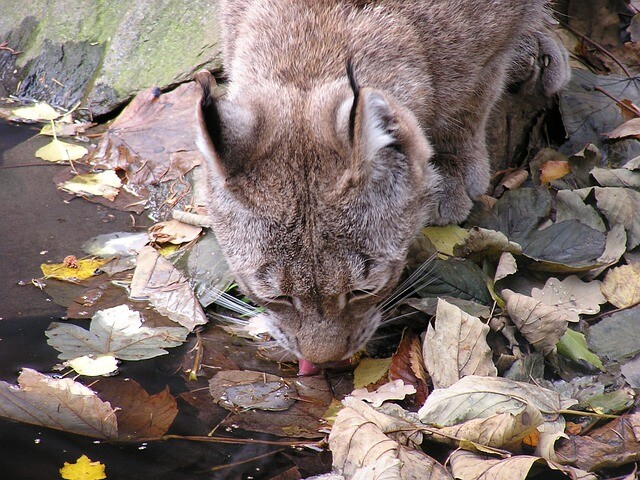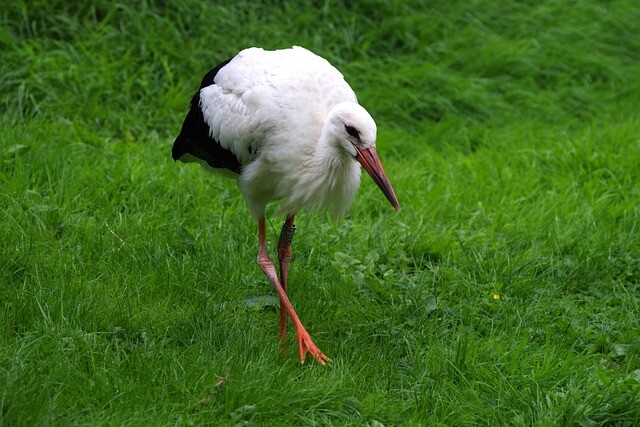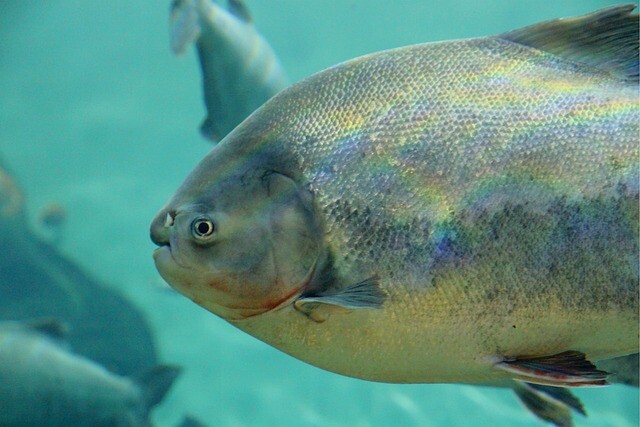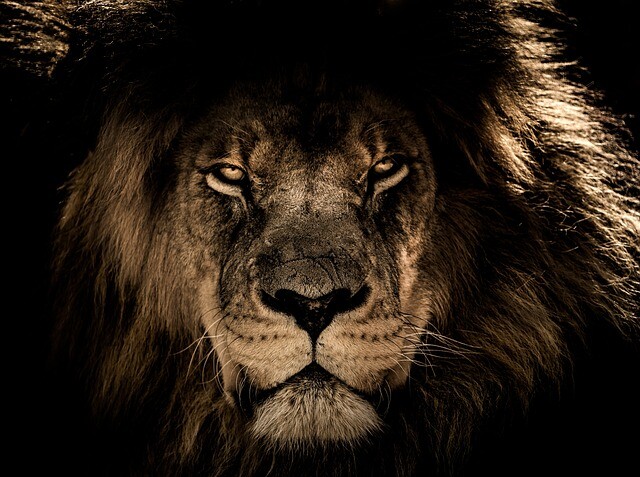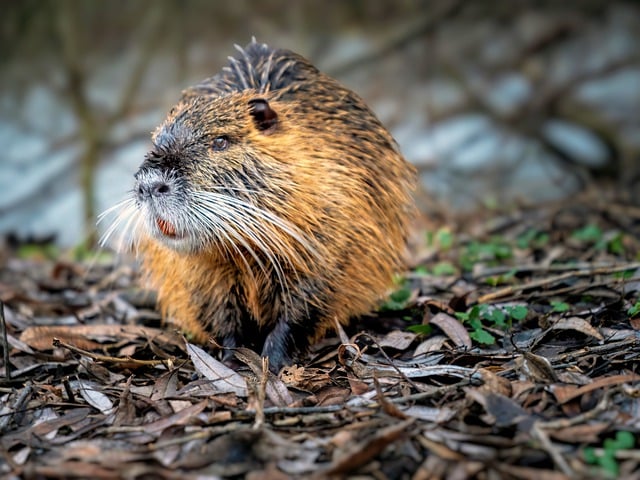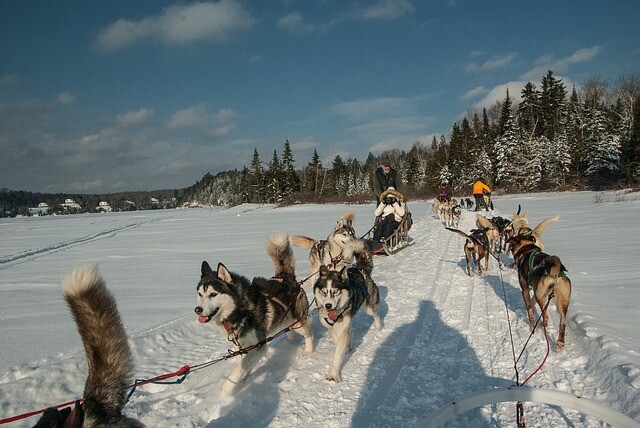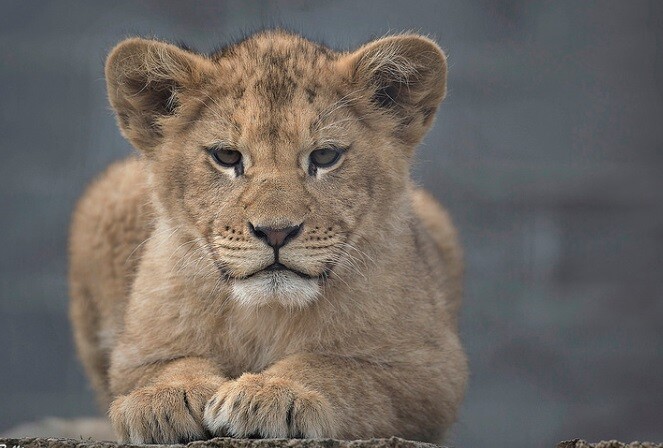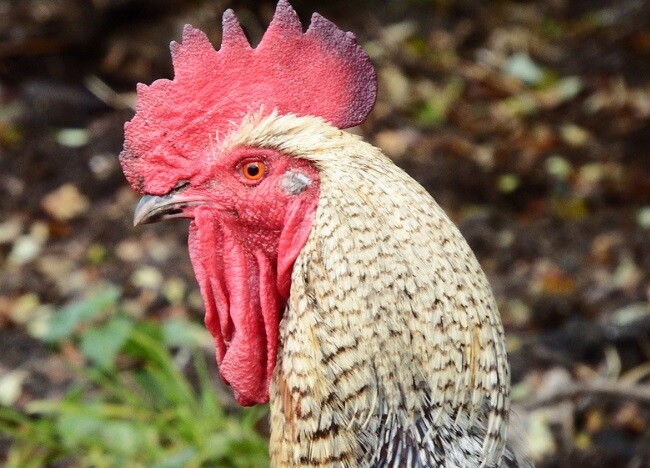He's out who doesn't need the team
In addition to people, many species of animals live in groups that work very well. We've got everyone's rank and place in the team.
If the circumstances are right, each member of the group enjoys the abundance of nature, but if the resource falls, then they get to the rankings or start the race. Dominant individuals proclaim their greatness, so aggression can develop within the team. This may be the case if you really compare the power of the dominant specimen with a lower-ranking one, or the withdrawal from the team. The group can be abandoned because the undercompetitive party is driven away by the others, or a copy of the group is released without any struggle.

In the case of Zebrams living in Africa, group exile must also be counted. Whichever young animal is not leaving the group, it will most likely no longer be. But as the group grows, the tension will increase. The release of tension from several individuals is then released, but the survival of the remaining team members is more effective.
When multiple copies of a group are expelled, the animals that are thus assembled are characterized by the fact that they are trying to beat a farm nearby, so there is a greater chance of confrontation between the teams.
Leaving the team or excluding some members of the team is also important to maintain the race, and the forces in the team are transformed, new groups are born and this is also effective for the race.
For more details, please visit our Facebook page!
(Source: homeowner.com <br> pixabay.com)


